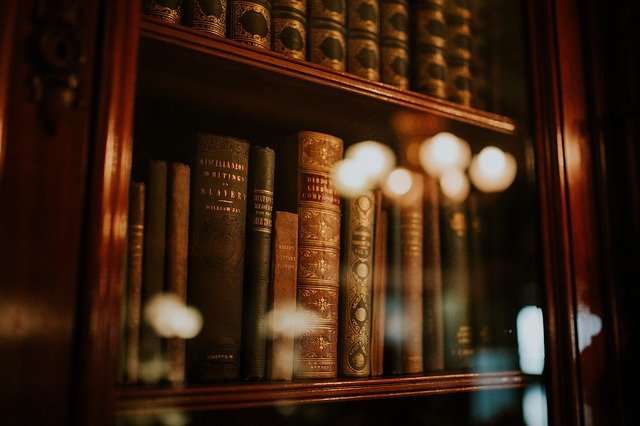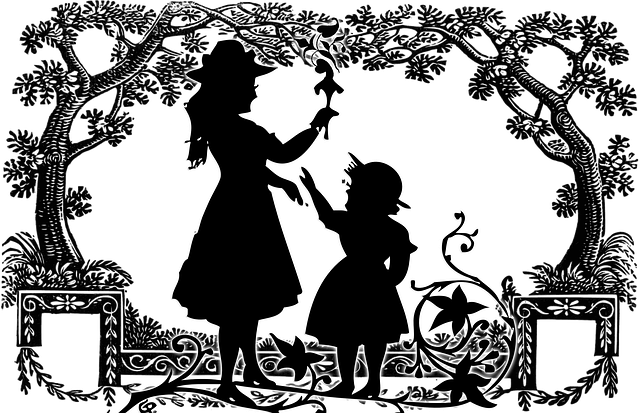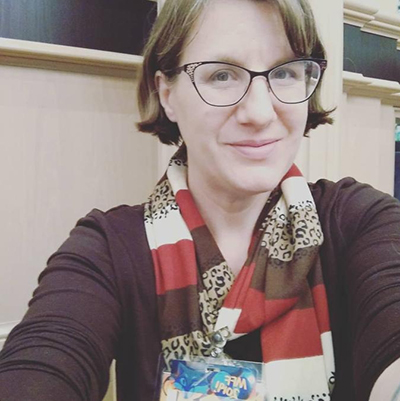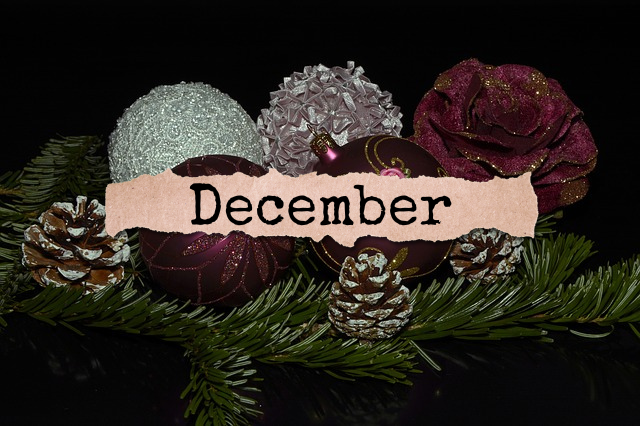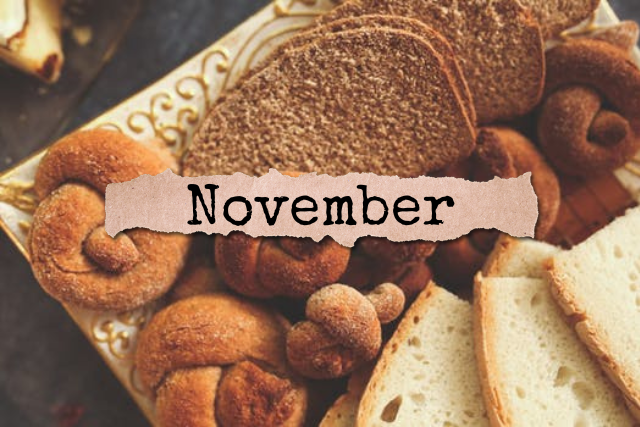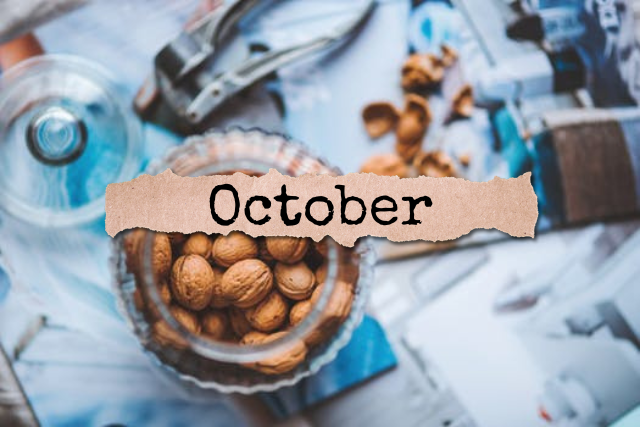We’re already 14 weeks into 52 Ancestors in 52 Weeks, and I’m late on this one because I was at ConStellation last weekend. Hooray for sci-fi/fantasy conventions and presenting a panel! But boo for catching up on everyday life again; it’s certainly a chore. 🙂
For my post, I’d like to talk about one of my favorite genealogical resources:
Interlibrary Loan
Interlibrary loan is such a wonderful service. If not for the ability to borrow books from across the country, I wouldn’t have read Almost Out of the World: Scenes from Washington Territory by James G. Swan to learn more about my third-great grandfather, William W. Winsor. If you’ve never tried it, but know there are books out there you want to check out, talk to one of the librarians at your local public library. They can help you find the titles you want.
The nice thing about interlibrary loan is that you can check out a book for a fraction of the price of buying it, especially if you aren’t entirely sure it will contain the information you seek. At my library, we pay for the postage on the loan. Depending on the originating library, we might be restricted to viewing the book in our public library or we might be permitted to take it home for 30 days. When I receive restricted books, I bring enough money to the library to take copies of the pages I need, instead.
Other Library Materials
Of course, you might already know how wonderful it is to borrow books from other libraries that you couldn’t otherwise visit. However, did you know you can also borrow other materials, not just from libraries, but also archives? The Provincial Archives of New Brunswick, for example, participates in interlibrary loan with their microfilms!
Once again, you will probably have to pay postage for the microfilm, but it is well worth it if you can’t drop everything to take a trip to Canada for genealogical research. Their archivists and librarians simply need your librarian to reach out to them with your specific request and call number. Naturally, you should check the PANB website (or other archive) first to ensure that they still participate in interlibrary loan and learn what caveats there are, if any. However, I have had the great pleasure of borrowing a microfilm from PANB to review at my local public library, and it was well worth the price of postage.
So if you haven’t tried interlibrary loan for books, microfilms, or other library or archive materials, I suggest you check it out. You might be surprised at what is available to you!

